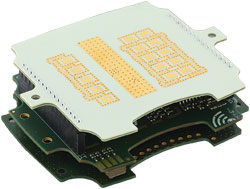
Radar technology has become more and more important for the civil market. The widespread use of automotive radar modules, for example, is a testimony to this. There are numerous applications where radar is an interesting solution. The most prominent feature of radar is robustness against weather and light conditions. Distance is measured directly without the difficulties associated with optical systems. By adding multi-channel capabilities, it is possible to detect the angle of a target. Modern radar thus enables the user to obtain a real-time 2D scan of the vicinity.
Such a system may be used in various industrial processes, but also opens the way to novel applications: In security systems, it is possible to extend the typical motion detector with the capability to tell where an intruder is. Hence, one is able to build smarter automated solutions, where an image of the intruder is directly presented to the alerted personnel. IMST has developed a special signal-processing firmware for detecting human beings that supplies the exact position of the intruder to the user. First field tests show accuracies as good as 30 cm in a 50 m distance for an 80 degree surveillance sector using a single module.
Unmanned aerial vehicles (UAV) for civil applications, as shown in Figure 1, are an emerging field for microwave technology. These systems have an inherent need for collision protection and radar is the perfect solution for this challenge. The IMST radar is very light (only 42 grams without housing). This is ideal for a direct integration into the UAV and four modules are sufficient to realize a full 360 degree protection. Besides collision protection, it is also possible to link the radar directly to the flight control. In such a configuration, a closed-loop control of the distance to a target is achieved, e.g., holding a target within the camera focus. IMST provides these control boards, as well as 5.8 GHz WiFi connections for in-flight supervision of the radar raw data.
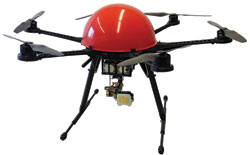
Figure 1 Hexacopter UAV equipped with a radar/gimbal combination for target tracking.
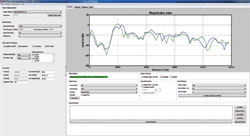
Figure 2 Developer Kit Software: System configuration menu and data visualization.
The basis for these solutions is a flexible and configurable hardware. On the RF side, the system features bandwidths of up to 2 GHz and an adjustable EIRP of 15 to 30 dBm, full IQ demodulation and a PLL stabilized signal generation. The antenna features large opening angles in azimuth of 80 degrees and supports angle detection in this plane of view. In elevation, a smaller beam width of 24 degrees is used.
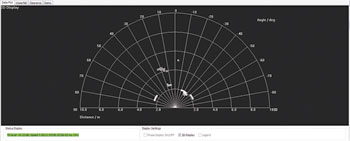
Figure 3 The 2D angular view of the radar showing targets.
The heart of the system is a digital signal controller. Here, various RF waveforms may be generated. Typical waveforms range from saw-tooth ramps (up and up-down ramps) to FSK/Doppler signals – whatever suits the application best. The system digitalizes the IQ signals and performs a frequency (distance) analysis. Depending on the user’s choice, this raw data is transmitted to a host or is further processed within the controller. IMST’s standard module features tracking algorithms with numerous configuration options. In this case, a target list is transferred to the host. For the host connection, an SPI interface is available. The user has full control over all options and complete access to the radar data, making it a unique choice on the market.
For an easy entry into the world of radar, IMST provides a radar developer kit including versatile PC software. The kit comes with an SPI-to-USB adapter to enable plug-and-play operation of the radar. The user may experiment with bandwidth and ramp duration settings as well as several options concerning signal processing. The most important feature is a live view of the radar data (see Figures 2 and 3). Here, time-domain samples or processed frequency data with magnitude/phase information can be plotted. In addition, the data may be exported to .csv style files for offline processing. Tracking algorithms can be configured and their results visualized giving the user the opportunity to optimize the settings for his or her specific application. The package comes with example codes helping you to realize your own connectivity. The IMST radar developer kit is the first solution on the market that provides such an easy approach to radar solutions.
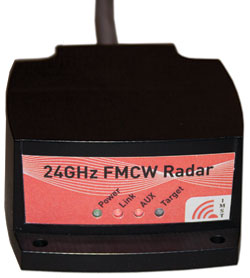
Figure 4 Housed version of the radar module.
A standalone version of this radar is also available (see Figure 4). This version features a housing for operating the radar outdoors, without the need to integrate it in a host system. The system comes with CE approval and operates within the ISM band so it may be used without special license.
IMST GmbH,
Kamp-Lintfort, Germany
+49 (0) 2842 9810,
www.radar-sensor.com
